BlackBerry KEY2 Review

The BlackBerry name has somehow managed to survive despite its close brush with death a few years ago, as the company struggled to keep up with the constantly changing market. Since TCL acquired the license to the BlackBerry brand and began making smartphones under it, BlackBerry rebounded by finally adopting Google's Android platform and most recently saw acclaim thanks to the KEYone's moderate success last year.
Back for round two, the BlackBerry KEY2 is the follow-up to last year's QWERTY-keyboard-packing KEYone. It follows in the footsteps of its predecessor by retaining the form factor, but comes with a tweaked design, new features, and all the typical hardware upgrades found with any successor. The question, though, is if it will still have the same level of appeal with a price point that's $100 more than last year's KeyOne.
Design
Slimmer, more elegant than the KeyOne
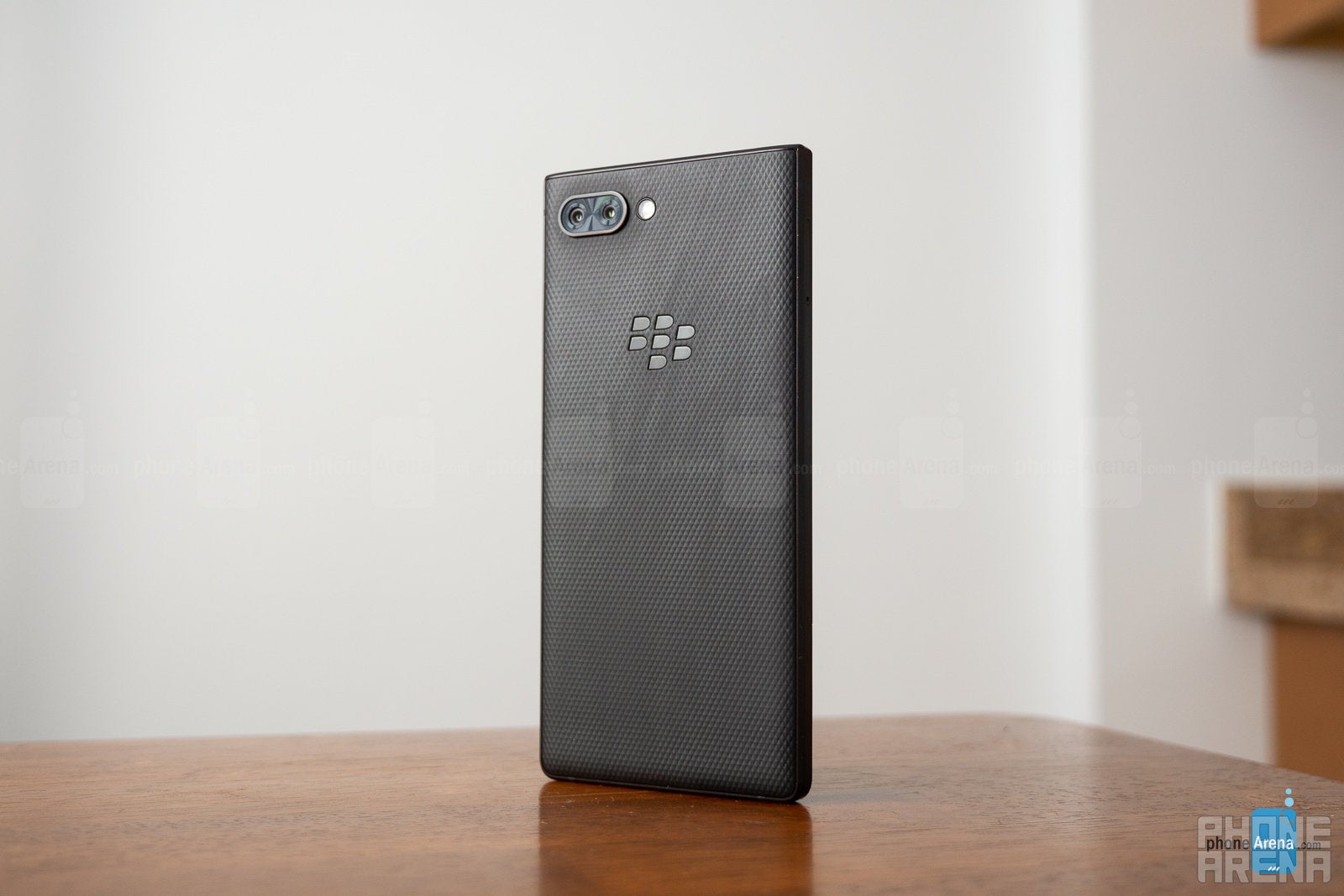
Keyboard
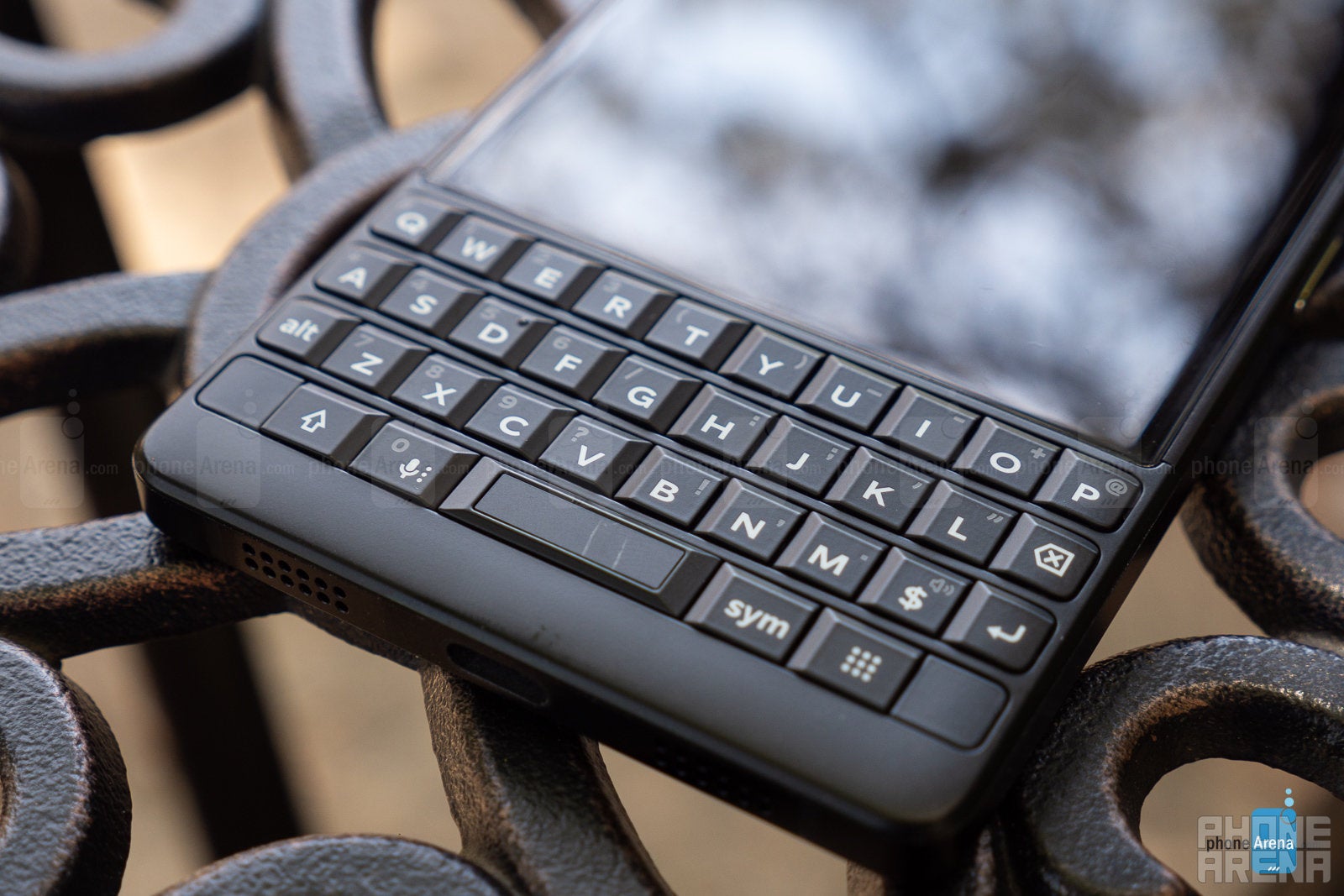
Display
Same specs, still usable

When it comes to the display's characteristics, we're not quite as wowed versus other displays. Yes, it's more than detailed, but colors tend to appear muted in tone. And while it's slightly visible when viewed head on in direct sunlight, there's some distortion at various angles. Stranger even is trying to watch videos, seeing that the keyboard takes up some of the room that's otherwise reserved for the display. Overall, it serves its purposes, but it's hardly the most eye-catching thing.
Interface and functionality
More secure than most phones
When it comes to security and privacy, the BlackBerry KEY2 is unmatched in this arena – much like its predecessor. You'll find useful tools such as DTEK Security to monitor the phone and alert us about any risks, Privacy Shade that eliminates prying eyes from seeing what you're looking at on the phone, and an all-new Private Locker that not only stores content and makes them private, such as files and photos, but it can auto-delete your browsing history as well once exiting Mozilla's Firefox Focus Browser.
For productivity users, the interface adheres to every demand because we can accomplish side-by-side multitasking without sacrificing space on the screen when typing. BlackBerry Hub is another portal that helps in the productivity experience by aggregating content from various sources and putting them into one place. Visually, we admit that it can appear a bit antiquated, but it doesn't hinder the experience in any way.
Processor and performance
Troublesome with its graphics processing

Boasting 64 GB of internal storage with room for expansion courtesy of its available microSD card slot, there's no worry about running out of space.
Camera
A strong performer unless it's under low light
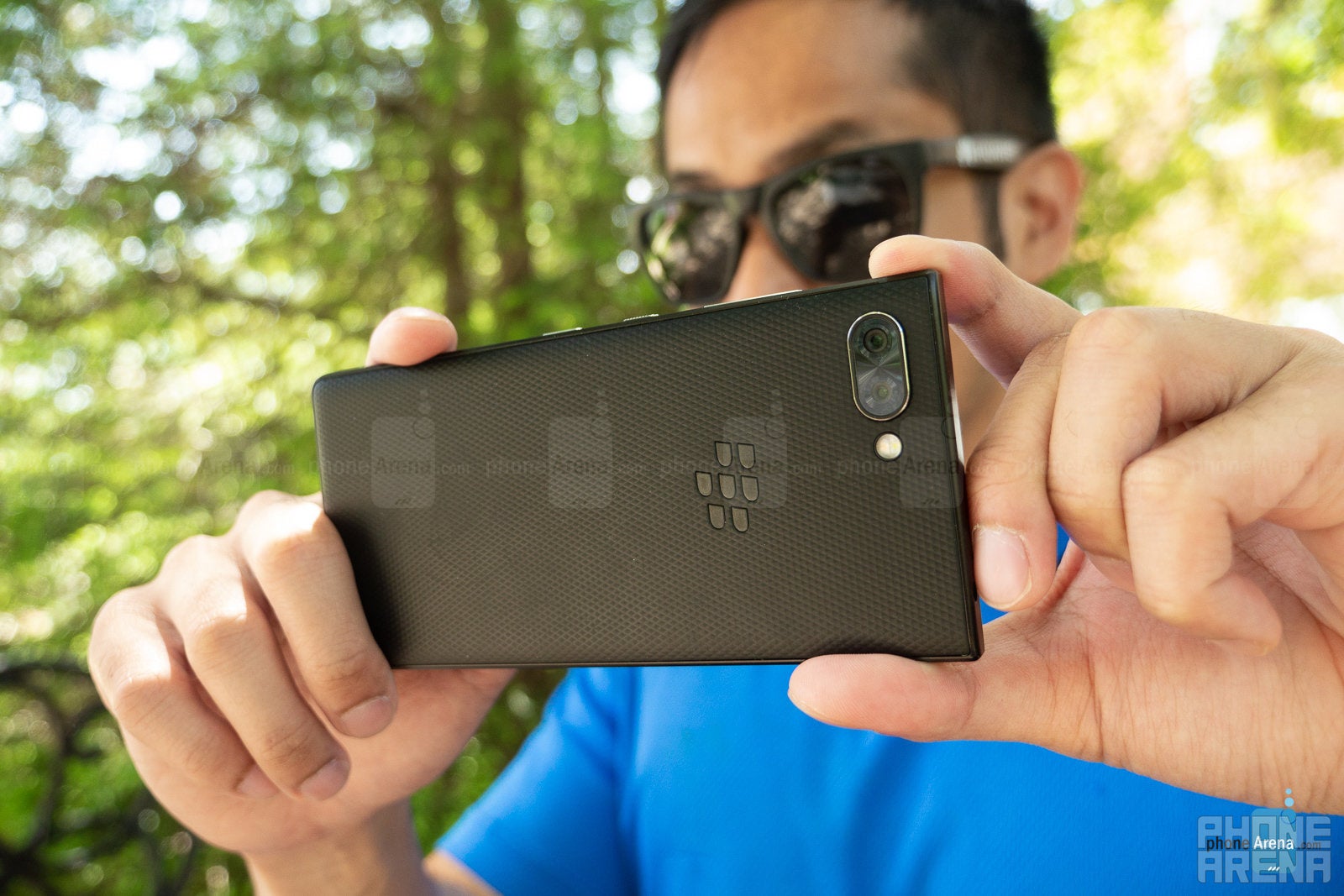
The dual cameras enable the KEY2 to capture portrait shots – wherein the subject is captured in focus, while the surrounding background area is softened out. However, there's no portrait mode available with the front-facing camera. As for the camera interface, it's rich in the usual array of modes and settings – like a manual mode, panoramic, slow motion, and a code scanner.
Just like its predecessor, the KEY2 conjures up a satisfying experience with its camera. That's apparent when the conditions are ideal, as the camera delivers sharp details, rich colors, and the wow factor that's needed to impress us. Impressively enough, it even manages to do nicely with portrait shots. Even though it's not perfect, the majority of times it's able to cast the appropriate amount of bokeh to background elements. However, the camera continues to struggle in low light situations – producing muddy looking images in the process. It's good at handling high contrast scenes at night, but when most of the composition is devoid of light, that's when its quality dips tremendously.
Battery life
Legendary battery like no other

Conversely, the KEY2 improves upon its predecessor's recharge time, by only requiring an impressively fast 90 minutes of charging using the supplied charger. All of this makes the BlackBerry KEY2 a road warrior for any occasion, since it's the kind of thing that'll keep you going when most others would traditionally tap out after the first day. It's worth mentioning, though, that there's no wireless charging here.
Call Quality
Neither good or bad, the KEY2 suffices enough with phone calls. There are some artificial elements in the tone of our voice on the other end of the line that can make it tough to discern for our callers, but it's not too terrible from what we're told. Through the earpiece, voices are loud and audible in noisy environments, but there's a hint of distortion. Using the speakerphone doesn't present any issues at all in our experience.
Conclusion

And then there's the matter of its pricing, which is now a full $100 more than its predecessor's original starting cost. At a whopping $650, it's competing in a tough space – more so when there's the OnePlus 6 selling for less and leveraging the Snapdragon 845. If the price remained the same as its predecessor at $550, the BlackBerry KEY2 would be a strong contender in the mid-range space, but at $100 more, it's a tougher sell because it's encroaching upon flagship-cost territory.
Follow us on Google News
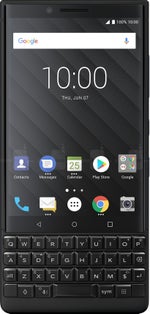


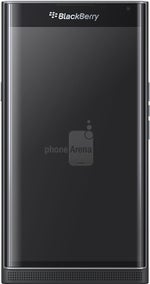



















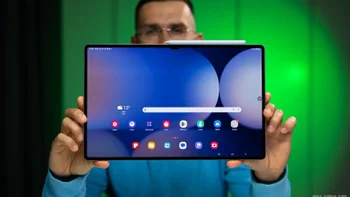

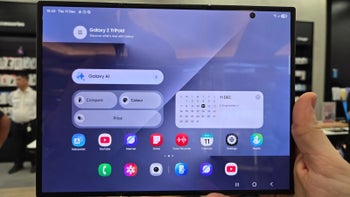



![A new Android bug is making it impossible to install new apps. Are you affected? [UPDATE]](https://m-cdn.phonearena.com/images/article/176703-wide-two_350/A-new-Android-bug-is-making-it-impossible-to-install-new-apps.-Are-you-affected-UPDATE.webp)


Things that are NOT allowed:
To help keep our community safe and free from spam, we apply temporary limits to newly created accounts: